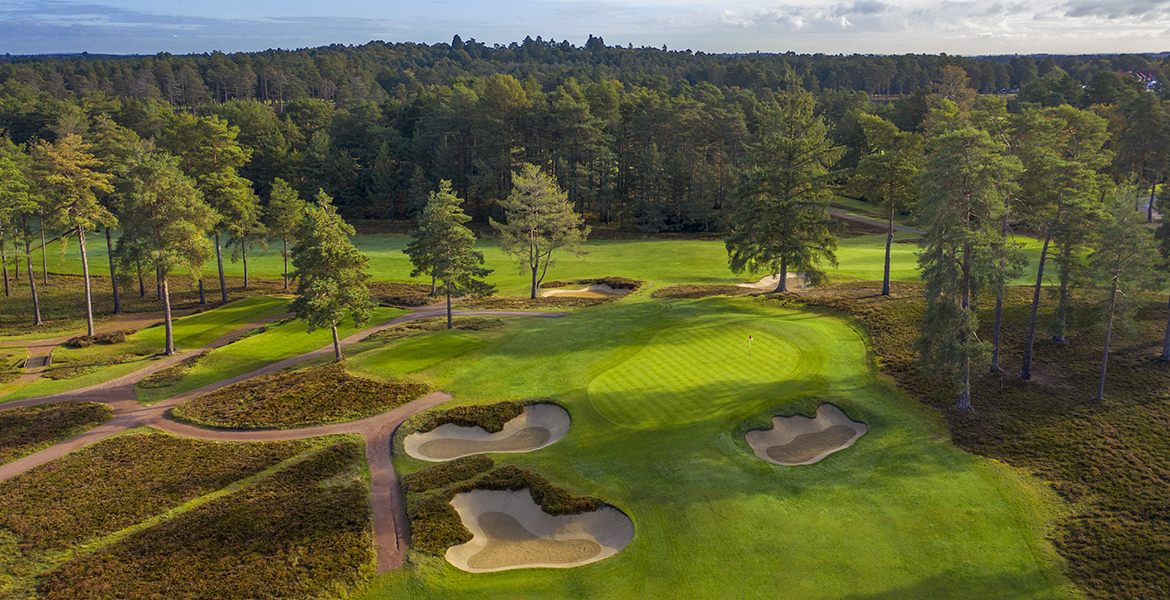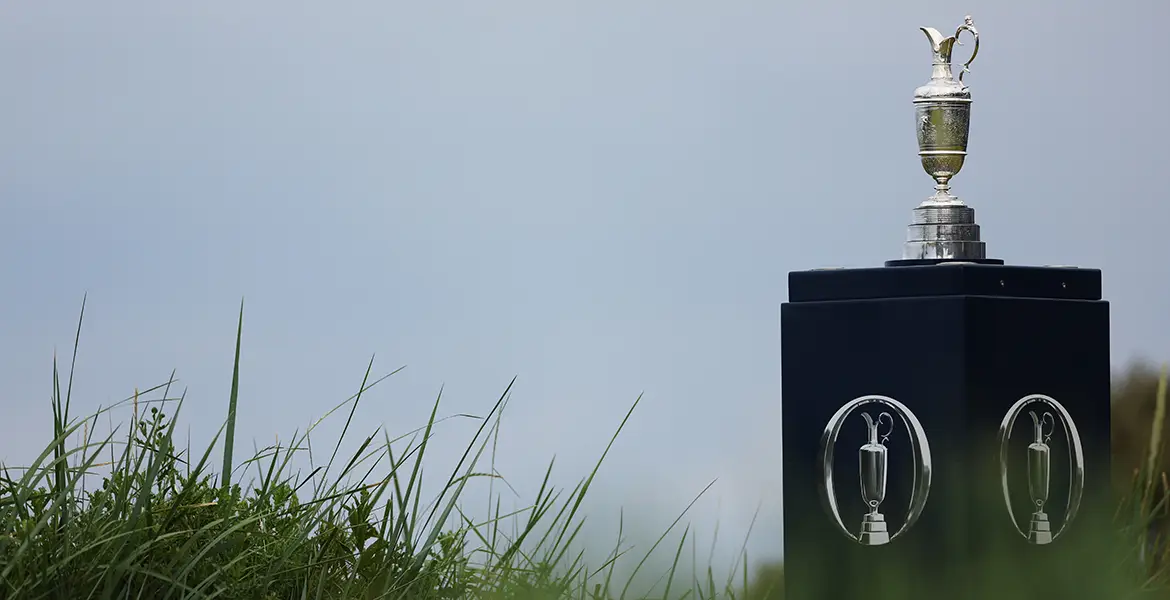By Graylyn Loomis

High-tech learning centers are all the rage at high-end clubs and communities across the country. Amazingly, one man is responsible for most of them.
Over the last few years, the image of the golf pro standing on the range giving a lesson has become less and less common. At many clubs and high-end golf communities, teachers have their own hitting areas and facilities, specialized learning centers fitted with the newest technology—high-speed cameras, launch monitors, pressure plates, and more—that can analyze every nanosecond of the swing.
The proliferation of these centers might make one think that there are numerous companies competing to create them, or that head professionals and directors of instruction are designing their own. In fact, nearly every one of these new, tech-filled facilities in the U.S. bears the mark of one man, Tim Cutshall. Operating from Dallas, 56-year-old Cutshall has worked on hundreds of club and resort facilities in almost every state, ranging from simple hitting bays to big, multimillion-dollar buildings at places like Berkeley Hall Club and Dallas National. He’s also worked on 83 Division I and dozens of Division II and III college programs. When I finally tracked him down, he was on the road, as usual, working on 18 learning centers at high-end communities and clubs around the country.

Cutshall was not born into the golf industry and even now only has time to play occasionally. Back in the early 1990s, he was working in a Dallas broadcast studio as a video and camera technician when the owner asked for some help installing a video system for his golf coach. The coach was Hank Haney and Cutshall saw an opportunity. “There wasn’t really anything out there saying that a learning center bay had to be a certain dimension or a certain height,” Cutshall remembers, “and with video as my main background, I realized I could help design the building and also tell clients, ‘This is what you’re going to need for light, size, and a system to make the cameras work.’”
Since those early days, the number of learning centers has exploded. They’ve become a standard amenity as communities and clubs strive to stay on the cutting edge and retain members: The last thing a general manager wants to hear is, “Why does the club down the street have better facilities than we do?”
Competition also has increased from custom clubfitters and big-box sports stores that have all but gutted equipment sales in pro shops. “A lot of clubs now take one bay and dedicate it to equipment fitting,” says Cutshall. “Club sales alone can offset the cost of the building over time… Equipment can bring the business back and it keeps members happy.”
Dozens of facilities are after Cutshall to build or retrofit their learning centers. Once on site, he works with the teaching staff, members, builders, and architects to determine exactly what’s needed. “Sometimes clubs have already started a project when I get involved,” he says, bringing up the example of a contractor from Georgia who called Cutshall for advice on an existing build. “The direction the contractor was going was so wrong,” Cutshall says. “The club didn’t have a director of instruction so he had no guidance. He was going to build two bays in the space required for one.”

Cutshall says his priority is creating a facility where all golfers will be comfortable and that size is one area where clubs typically shoot themselves in the foot. “Communities will plan for a standard 12-foot-wide garage door, which may be okay if you’re a five-handicapper. But have a mid- or high-handicapper hit balls there and they’ll feel claustrophobic and won’t swing freely. The same goes for a ceiling that’s too low.”
After establishing a comfortable space, he focuses on the technology. From pressure pads in the floor to cameras, lighting, launch monitors, and software, the science and systems available to learning centers are constantly evolving and obsolescence always approaching. Cutshall advises clubs to have a two-year plan for their technology because “after that, the computers and cameras are night and day different from what’s currently being released.” While he knows of some facilities still using the equipment he installed 12 years ago, “Other clubs and facilities want to be on the cutting edge at all times.” Either way, his goal is to create a learning center today that will serve the club for years to come. “There needs to be infrastructure so that when technology changes it’s very easy to replace the older equipment without having to change any of the building.”
Another key to a learning center’s success is location. Clubs traditionally place them at the far end of the practice range, but Cutshall says that’s not always wise. “One of the biggest considerations is the direction the building is facing and where the sun tracks in the sky, which changes depending on the time of year. For example, down in Florida the primary season is November to May and clubs give most of their lessons from 10 a.m. to 3 p.m. You have to look at how the sun will hit that building so that it doesn’t negatively affect the golfer and cameras.” High-speed cameras capable of recording more than 100 frames per second require much more light than a normal camera, but too much, like blinding sunshine, will wash out the images. In the planning stage, Cutshall simulates the lighting at various sites to show how the video footage will look throughout the day.

Today, the biggest change Cutshall sees is the desire to turn learning centers into multipurpose amenities. Westchester Country Club north of New York City went beyond a basic teaching set-up by adding a “members area” with a large indoor putting green and three heated practice bays. Other Northeastern clubs also provide members with winter options by including simulators, meeting rooms, and golf-specific workout equipment.
At Berkeley Hall Club in Bluffton, S.C., a lounge next to the hitting bays has become a favorite place for members to relax, watch sports, and have a cocktail. The Kiawah Island Club along the South Carolina coast added a complete club-building suite to its learning center where members can have a PGA Tour-level clubfitting and get ongoing club maintenance. “It becomes a total golf experience,” says Cutshall. “We want our clients to have a great golf experience and clubs don’t want their members to go anywhere else.”






